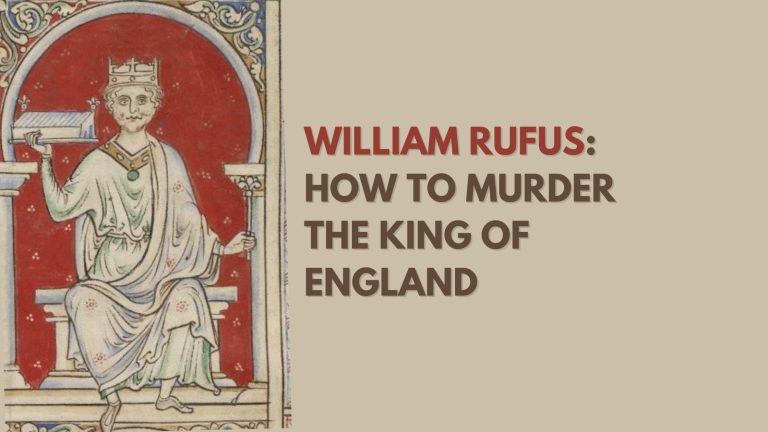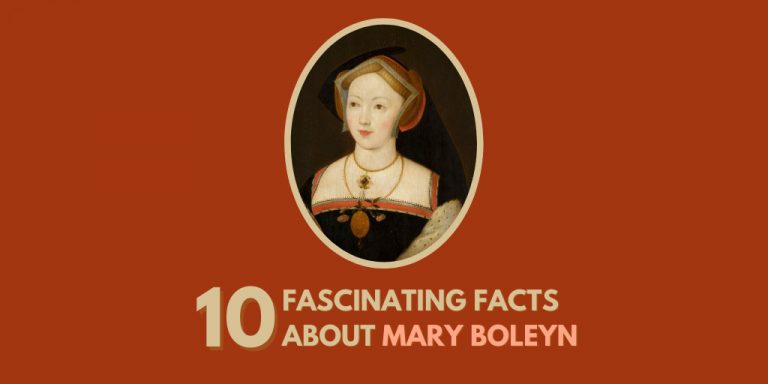What is William II famous for?
William II, often referred to as William Rufus, was the third son of William the Conqueror. He succeeded to the English throne in 1087, after the death of his older brother Richard, and his reign lasted until 1100. His rule was characterised by fraught political rivalries, conflict with the Church, and ongoing hostilities with Scotland. However, he is perhaps best known for his sudden and rather unexpected demise in a hunting accident in the New Forest.
What is the number one thing William II is most famous for?
The most defining aspect of William II’s legacy is undoubtedly the peculiar and contentious circumstances of his death. On 2nd August 1100, whilst hunting in the New Forest, he was struck in the chest by a stray arrow and fatally wounded.
The identity of the individual who loosed the deadly arrow remains shrouded in mystery. Some speculated it was an assassination, given that William II was not well-liked by the nobility or the Church. Others suggested it was simply a tragic hunting mishap.
Regardless of the cause, his untimely death fuelled rumours and conspiracy theories that have lingered throughout history. The secluded location, the absence of witnesses, and the hastily arranged burial all served to stoke suspicions of foul play and murder. His death triggered a succession crisis as he left no heir, leading his younger brother, Henry I, to hastily claim the treasury and crown whilst William II’s body lay forsaken in the woods.
This abrupt demise of a ruling monarch in a forest long reputed to be cursed, solidified William II’s place in the controversial chronicles of royal history. His enigmatic end has since provided irresistible material for historians and artists, securing his legacy as the infamous king who met his end via an arrow’s flight.
Even centuries later, the mysterious circumstances of William II’s death continue to intrigue. The New Forest’s reputation as a haunted, foreboding landscape has been perpetuated through ghost stories and tales of curses linked to the Rufus Stone, a monument marking the site of William II’s tragic end.
What else will William II be remembered for?
William II’s reign was marked by contentious struggles against the Church and the nobility. His conflict with Archbishop Anselm of Canterbury over the investiture controversy typified the king’s contentious relationship with the clergy. At one point, Anselm temporarily departed England to evade William II’s harassment over church revenues and authority.
As a sovereign, William II demonstrated political astuteness and administrative capability. He adeptly navigated rivalries to fortify royal power and solidify the Norman dynasty’s grip on England. However, his abrasive personality and controversial policies regarding taxation and forest laws provoked dissatisfaction among the nobles.
William II was a significant patron of the arts, as can be seen most conspicuously in Westminster Hall, the largest medieval hall in Europe. This grand architectural achievement underscored his royal pretensions.
In military matters, William II aimed to expand Norman influence into Wales and Scotland. However, his 1097 incursion into Scotland to usurp control from his brother Edgar culminated in an inglorious truce, highlighting William’s limitations as a conqueror compared to his illustrious father, William the Conqueror.
You might not know this about William II
Although contemporary accounts often depict William II as uncultured, brusque, and lacking the expected piety of a king, some records suggest a more complex personality.
William II is reported to have exhibited a biting wit and cultivated an image of a jovial high-liver. Despite his clashes with the clergy, he demonstrated some religious devotion through acts such as the founding of Battle Abbey as penance for his father’s actions at the Battle of Hastings.
While William II never married, there are accounts that suggest he had romantic liaisons with both women and men. His sexuality and personal life remain ambiguous and continue to be the subject of debate among historians.
For an insight into William II’s psyche, one needs only to visit Winchester Cathedral. Amid regal tombs stands a simple black marble slab marking his unadorned grave. Lacking an effigy or epitaph, it is a stark reminder of the king struck down in his prime, his life and controversial legacy forever enveloped in mystery.
Therefore, while his political astuteness and tactical prowess secured his power during his lifetime, it is the enigmatic circumstances and whispers surrounding his sudden death that have fortified his reputation as the ill-fated king fatally wounded in the New Forest. This enduring legend ensures his murky legacy continues to captivate us through the ages.






